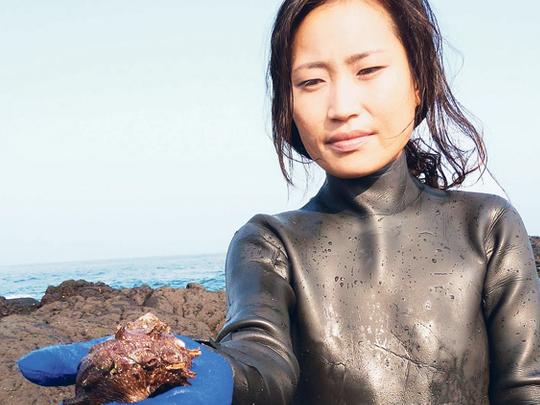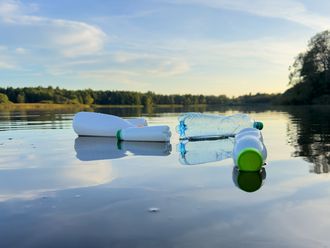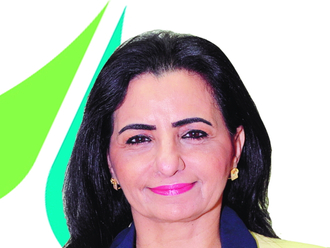
The sea is restless as Kim Jae-yeon perches on the rocky shoreline, eyeing the churning waters at her feet. Slowly, she wipes her goggles with a fistful of grass to keep them from fogging underwater and offers a prayer for her good fortune.
Like six generations of women before her on this treeless speck of land in the East China Sea, the young mother of two is preparing for a dangerous job: free-diving for minutes at a time to catch shellfish.
Jae-yeon is learning to join the ranks of the haenyeo, or women of the sea, whose role as ocean hunter-gatherers has long given them special status in a Korean culture, which is male-dominated. These women on a group of islands south of the South Korean mainland have turned tradition on its head.
For decades, divers here have groomed their daughters for a life at sea. They teach them how to conserve oxygen to extend their dives and stress the importance of working in groups.
But this matriarchal way of life is now in peril. Modern fishing boats that encroach on their catching grounds have reduced the number of shellfish, forcing the haenyeo farther out to sea, leaving them less time to dive.
The diminished catch has made the profession a struggle for survival.
The number of haenyeo has plummeted by two-thirds in just a few decades, from 15,000 in the 1970s to slightly more than 5,000 today. On Mara Island, about the size of an 18-hole golf course, with a full-time population of 80 residents, the number has dropped from 15 to seven.
At 33, Jae-yeon is the youngest haenyeo in South Korea, where half the divers are older than 70 and 90 per cent are at least 50. She isn’t diving for the money; Jae-yeon makes her living by running a restaurant.
“It is now or never,” she said. “One day, the elders will be gone. I want to learn all I can, while there is still time. So I can teach the other women who might one day come.”
As she struggles to put on her wetsuit cap, her aunt, Kim Choun-geum, 56, appears. The older woman patiently assists her niece, whispering words of encouragement. The haenyeo tradition dates back hundreds of years, glorified in folk tales and songs.
On these isolated islands, the women are often the breadwinners while the men stay at home to raise the kids. The haenyeo have the final word on major decisions.
Working in groups, haenyeo pushed makeshift collection nets attached to a surface buoy while diving dozens of times a day, using iron picks and scythes to pry loose the shells from rocks as deep as 60 feet or more.
They donned wetsuits but there is one modern convenience the haenyeo have shunned: oxygen tanks. Despite their caution, accidents are common. Each year a handful of divers die in shark attacks or by drowning. The work also takes a long-term health toll. Like many older haenyeo, Jae-yeon’s grandmother, Byun Chun-ok, 84, suffers from ear and lung problems.
Although South Korean officials pledge to help preserve the haenyeo’s livelihood, the women say they need financial assistance for childcare and medical check-ups.
“You can’t change depleted resources overnight,” said Ham Chun-bo, director of the Haenyeo Museum on Jeju, the main island in the chain.
Jae-yeon never planned on becoming a sea woman. One day, while accompanying her aunt into the water, Jae-yeon’s eyes opened to the sea.
She started out with the easiest task, collecting seaweed in shallow waters. But even that exhausted her. “Every day I was so tired I would vomit,” she recalled.”
Although she makes most of her salary from the restaurant, Jae-yeon developed the quiet swagger of a haenyeo, bringing home twice as much money as her husband.
“Sometimes it irritates me,” Park said. “When we argue, she plays the money card, just like a veteran haenyeo would do.”
As their profession wanes, the sea women are returning to a more traditional role. “Eventually we’ll give up our power and become like any other Korean woman,” Choun-geum said.
But for as long as she can, Jae-yeon, will watch her elders to absorb the lessons of the deep.










